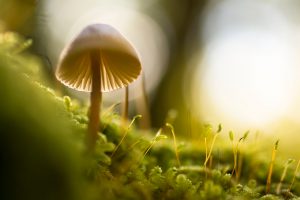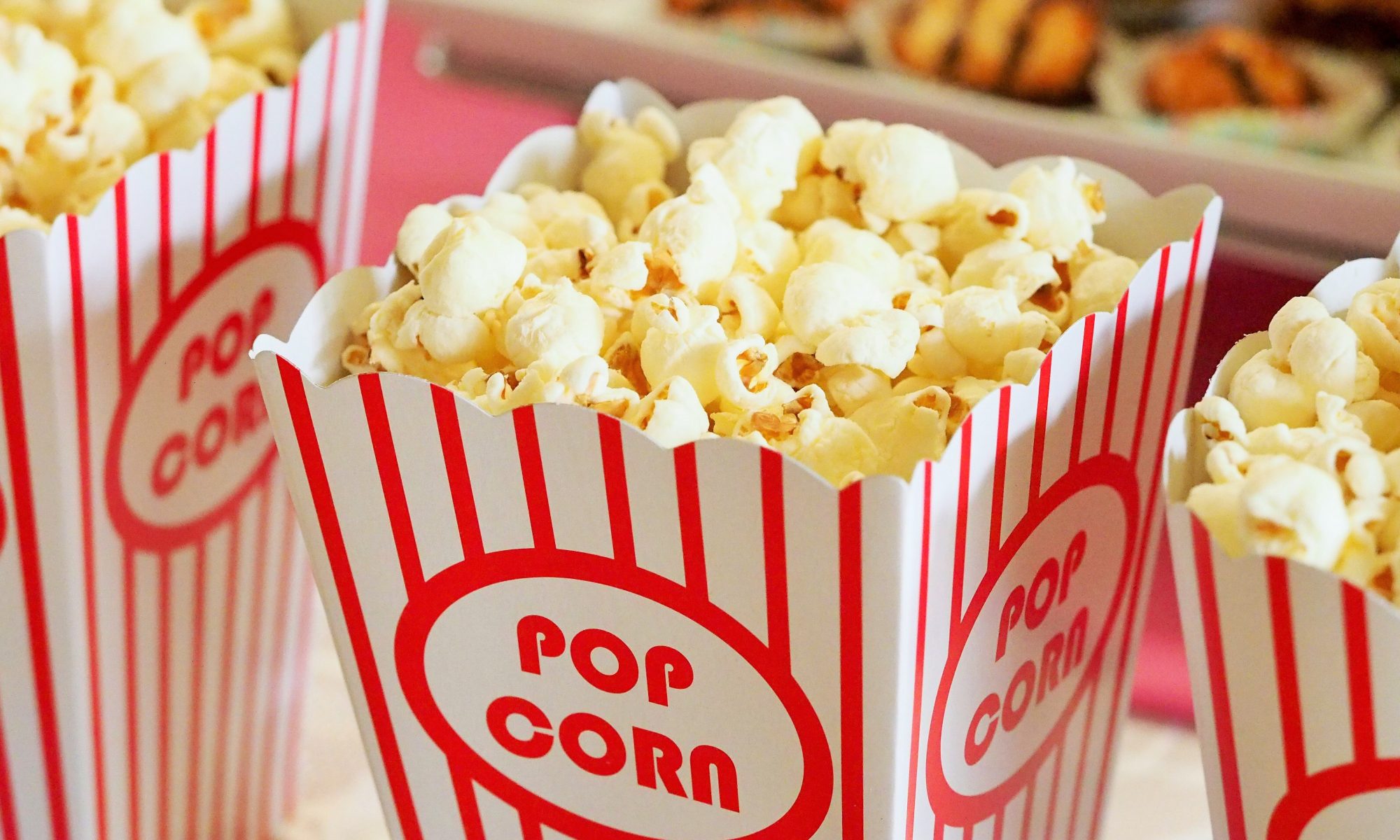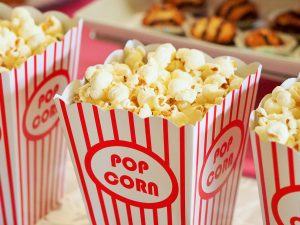The Big Ocean Challenge: saving the seas
DSC, together with BAE Systems, are working with Dorset schools to help find solutions to one of the World’s biggest problems – the deteriorating health of our seas.
Interactive, weeklong sessions, create the opportunity for year 6 children to define and tackle their own Ocean Challenge. Teams of four undertake a project based on research and scientific understanding to solve real-life challenges. Through design, build, and test exercises, they will apply critical thinking to a range of issues affecting the health of our oceans. Featuring guest speakers, Year 6 pupils have the chance to meet the engineers, scientists, and technicians on the front line of climate change, in the heart of where the action happens.
The Ocean Challenge experience takes place in a business-like setting and students attend each weekday for a week.
At the first pilot, starting on 6th June, Catarina Lopes, of Ocean Generation, will introduce the Oceaneers to the history and challenges of life in the ocean.
As well as training as Oceaneers, saving the oceans through engineering, students will be using Gallup’s CliftonStrengths Explorer to grow personal confidence and gain experience in team working.
Pilot workshops are taking place at the STEM Education Portal recently opened by BAE Systems, Christchurch. contact Jan Peters, Co-founder at jan.peters@katalytik.co.uk


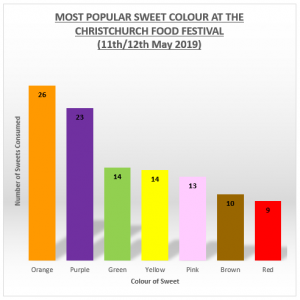
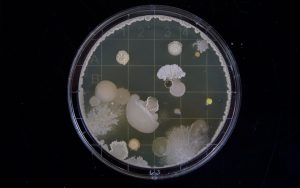
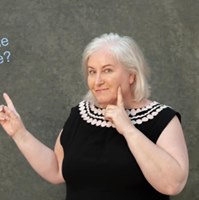 ally vegetable matter and keep harmful bacteria (or pathogens) at bay.
ally vegetable matter and keep harmful bacteria (or pathogens) at bay.